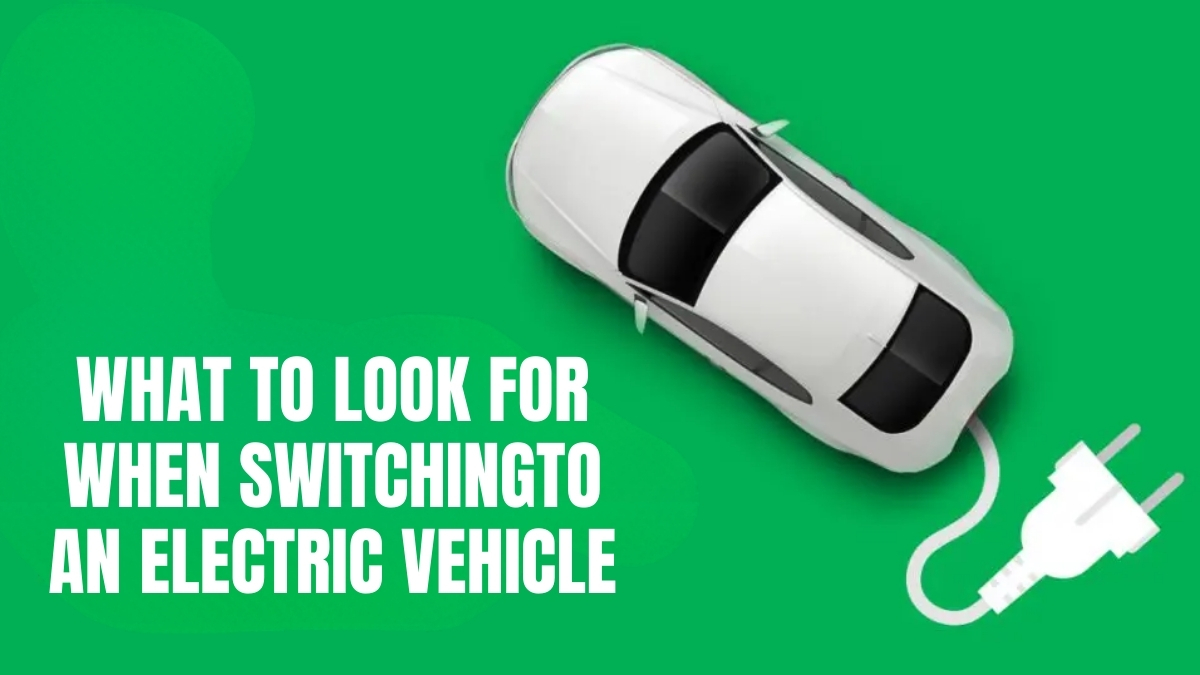In the modern-age of technology, there’s no doubt you’re considering whether switching to an electric vehicle (EV) is the right choice for you.
If you are thinking of making that switch, you might be wondering what specific mechanics are involved in the development of these cars, and exactly what else to look for when choosing an EV.
Read on, as this article will shed light on exactly this.
Also, you’ll learn about the many benefits of taking out an EV insurance policy–check out the special coverages and discounts Lemonade Car offers EV drivers, for example.
What is an electric vehicle?
An EV is a car that uses an electric powered battery and electric motors to create propulsion for the wheels. With standard gasoline cars, this is done using a gas-powered engine that runs on gas ignition.
When it comes to EVs, this standard engine can still be a component involved in the design, but this will depend on the specific type of EV you choose.
The first type of EV, a hybrid vehicle, uses both a standard gas engine and an electric battery to run the car, and it must be refuelled with gas to operate.
The second, a plug-in hybrid, uses the same combination except with an even bigger electric battery, so it offers more mileage from the electric battery alone. This can run on both gasoline and electric charge from a compatible outlet.
The final type, a pure EV, involves no gas engine at all and runs purely on an electric battery that’s powering electric motors. This is the pinnacle of pure, gas-free electric propulsion, and runs on electric charge alone.
What should you look for in an electric vehicle?
When making the switch to an EV, there are a few things you should consider first. This includes:
- Optimal car economy
You should ensure you choose the right EV that gives you the most economical drive. This will help you keep costs low, and make the most out of your car.
For instance, hybrid cars have an automatic setting that switches to using the electric battery when driving at slower speeds. This is ideal for those driving in towns and cities, since you’ll be preserving more fuel at these low speeds, and therefore save on gas costs.
On the other hand, pure EVs don’t have a gas engine which means they don’t need to be refuelled at all, only charged. On average, the cost of electric charge used per mile vs. gasoline burned per mile leans towards electric charge being more economical overall.
Match your chosen EV with the type of journeys you’re likely to do for optimal economy.
- Ideal electric range
You should also choose a car based on the ideal electric range you want.
Hybrid vehicles have a small battery, so they only offer a few extra miles of range on the electric charge. With a much bigger battery, plug-in hybrids offer an average of 30 miles on the electric battery, which can run on its own without gas.
Pure EVs have an average range of 230 miles, but higher end models can increase this up to 400 miles and above.
Therefore, make sure you have the right car that gives an ideal electric range for your driving habits. Also, be sure to factor in all the charging points across your area, and the country as a whole, so you know how easy it would be to recharge on a journey, should you need to.
- The best EV insurance
One of the most important things to consider is the type of insurance you can get for your car. EV insurance, although more expensive than standard insurance, can offer you a range of benefits as a driver.
For example, you should choose a car with optimal safety features, as this will make you less likely to have an accident whilst driving, which can lower your premiums.
Also, certain EV models can have rarer and more expensive parts on them, which will cost more to replace – thus increasing your premiums. Despite this, EV’s use fewer parts, so it’s less likely they’ll need replacing as frequently.
So, be sure to find the best EV insurance provider for you and your vehicle, so you can have the best driving experience along with the most cost-efficient policy.












